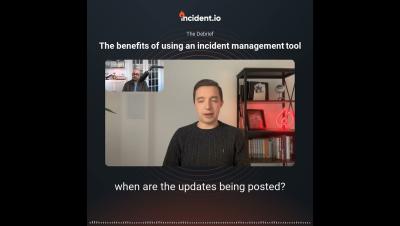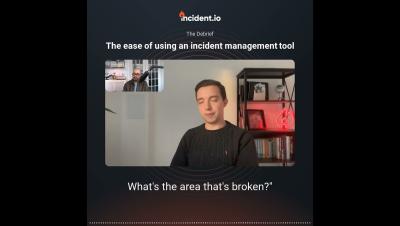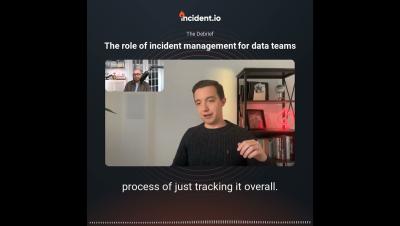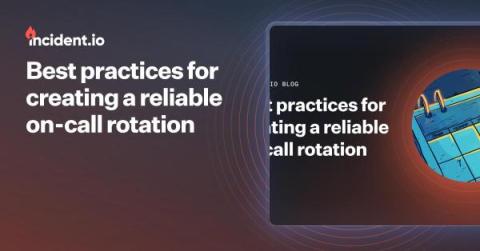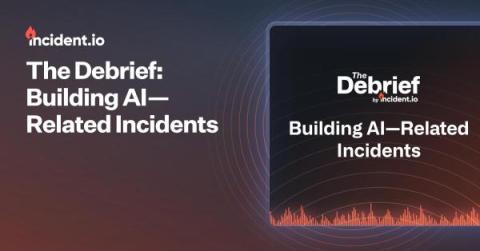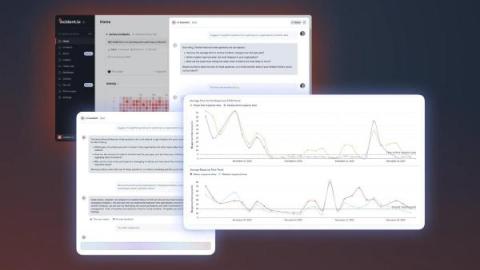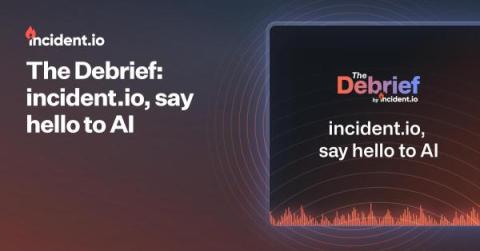The benefits of using an incident management tool
In this clip of The Debrief, Jack dives into the several benefits of adopting and incident management tool to respond to data issues. Full episode description below: If you're on a data team, have you ever considered using an incident management tool to respond to pipeline issues? If the answer is no, then you might want to check out this episode. Here, we chat with Jack, Data Analyst at incident.io, to better understand why data teams can—and should—look to incident management tools like incident.io to manage issues. We chat about.


